In March 1958, Saab came up with good news, they had “doubled” their model range! At first glance, this sounds really good, but one should keep in mind the following fact – at that time Saab had only one model on offer, and this new one was the second model on offer. From today’s point of view, very modestly, but also other car manufacturers at that time could not boast of a better offer.
Table of Contents
A Sportier Variant of the 93
IAnd that’s not all, the new model has a sporty touch, hen this new model was promoted as a fast and sporty family car with the delicious name Saab Granturismo 750. That Saab got to build a sports version of the Saab 93 model can largely be said to be thanks to Saab’s US CEO Ralph T. Millet, who, spurred on by seeing the first Sonnet, eagerly tried to persuade the Saab management to produce a sportier variant of the 93, which he thought could become very popular in the United States.
He got what he wanted and at the New York Motor Show in 1958, a car was shown that was basically a standard 93 but that had been sharpened with a stronger engine and more luxurious interior.
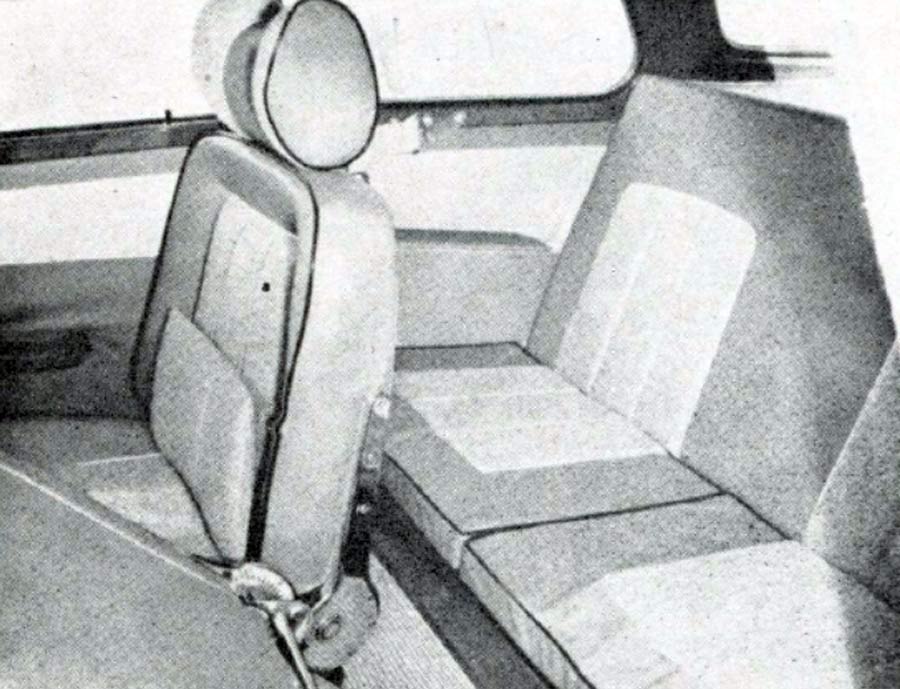
comfort.
However, the new model did not attract much attention at first, the exterior sports details were few and not very noticeable. Anyone who stopped and looked an extra time saw that the car had two chrome trim on the sides, exterior rear-view mirrors, two extra lights, reversing lights and prestige-enhancing emblems on the tailgate and wings.
SAAB Granturismo 750 – “Race on Sunday, sell on Monday”
Although the Granturismo 750 was a sports model, the passengers were treated to a very exclusive and comfort-oriented interior. The front seats were upholstered in plush and were some of the most comfortable seats on the market at the time. The seats had cupped backrests and back cushions that could be pushed up and down to provide lumbar support. The seats could also be adjusted to as many as 14 positions.
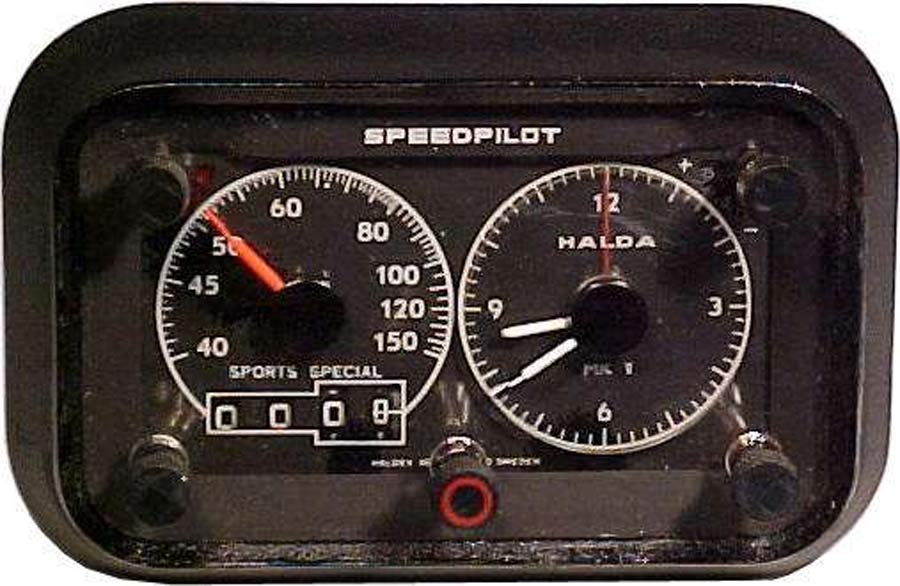
We should not forget a few more details, such as the real seat belts and cornering handles for the passenger on the dashboard. Since it was, after all, a sports model, the instrumentation was supplemented with a large tachometer. The finishing touch was Halda Speed Pilot which was a a measuring device with which you could set an ideal time for a distance and then see how far before or after the ideal time you were.
A beautiful steering wheel with three aluminum spokes and a wreath of precious wood gave extra sporty shine.
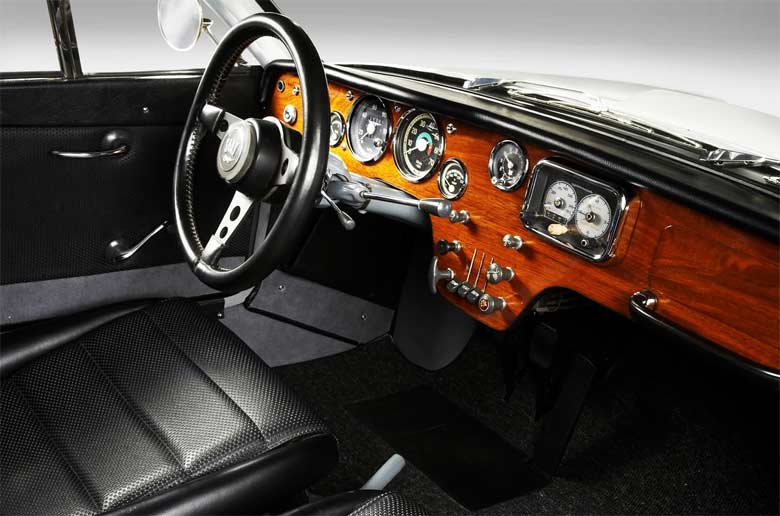
The back seat, on the other hand, had been completely forgotten. It consisted of not much more than a thin and short cushion on top of a box and was more of symbolic significance. Because the front seats were so strong, the legroom at the back was even worse than usual.
GT 750 Tuning
Under the hood, Saab’s technicians had accomplished much with little money. By, among other things, increasing the compression and changing the port times, the power was increased to 50 horsepower (45 DIN horsepower) at 5,000 rpm. Those who wanted even more power could, for a small sum of money, get a tuning kit directly from the Saab dealer, which consisted of a double carburettor, a new intake manifold and a new exhaust system. With that, another seven horsepower was gained and a total of 57 horses went a long way to keep the competitors behind.
It was of course important that the brakes could match the engine’s performance and therefore larger brake drums were fitted at the front. Even without a tuning kit, the hard-tuned two-stroke was a special experience.
The engine was largely powerless at low revs and did not start firing properly until about 3,500 rpm, when it also began to howl like a hornet. Anyone who wanted to keep the speed up had to make sure to keep the engine speed up and shift at speeds above 5,000 rpm – a not entirely easy maneuver with the three-speed gearbox.
In the original 93 version, 605 cars with the GT 750 designation were manufactured between 1958 and 1960. Some received the 93F body and the four-speed gearbox. More than 540 cars were shipped to the USA and only about 20 are believed to remain in Sweden. Since many lived a hard life and were driven both on and off the rally roads, the cars are highly sought after today.

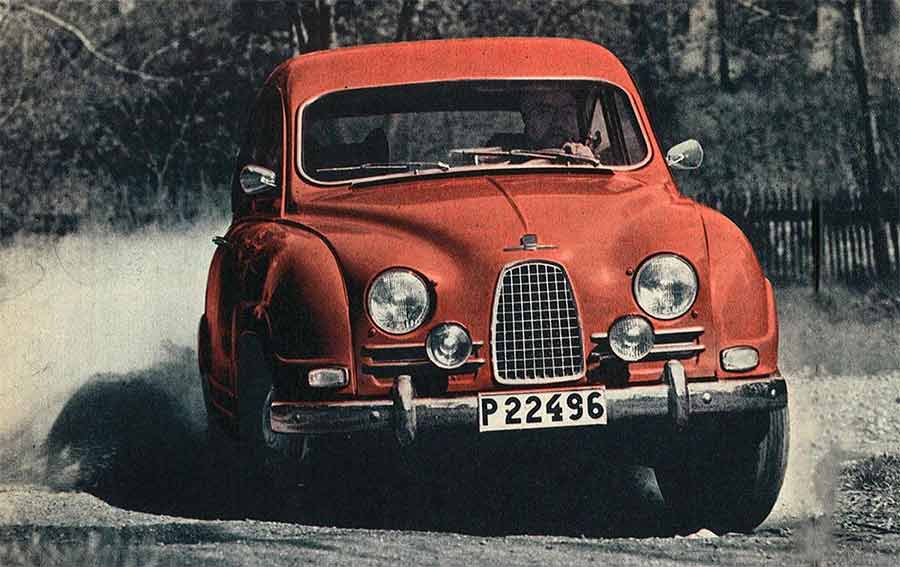




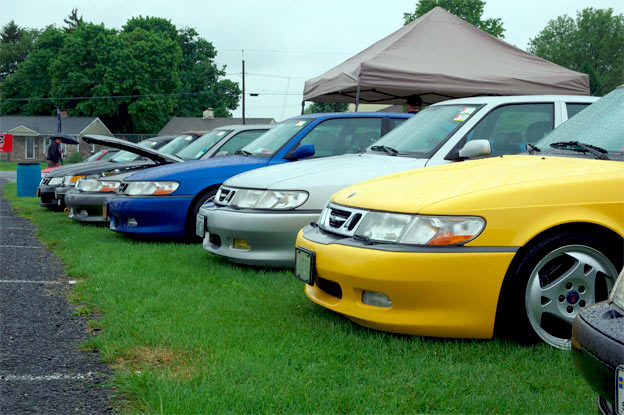



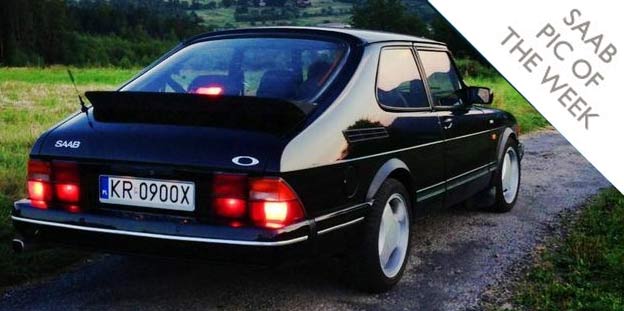

Nice article, but the interior picture appears to be from a Sonett II
Sorry. The interior photo is NOT of a Sonett.
The GT750 that sits in the Saab Museum in Trollhattan came from the US – specifically Central Illinois. The Museum’s collection lacked a GT750. Monty Tarr of Catlin Illinois (near Champaign/Urbana) owned a very nice example. He cut a deal to give the car to the collection but with a few stipulations:
1. The car was to remain in original condition
2. A sign or plaque was to be placed beside the car identifying where it had come from
3. It was to retain its Illinois license plate
So, if you ever visit, be sure to see Monty Tarr’s GT750.
It’s a Sonett II, early with the wood dash.
I stand corrected. Upon further review I think that is a Sonett II